Lesser known spices that add flavour to Indian food
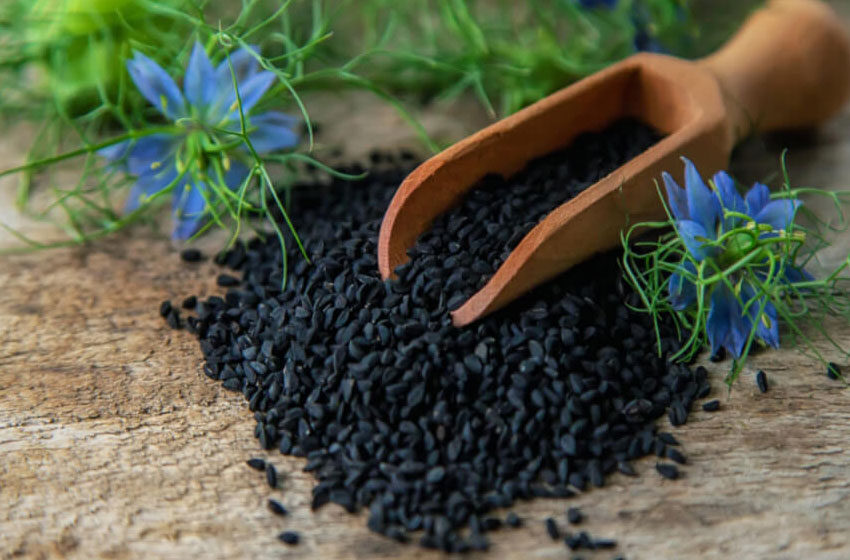
The aroma of garam masala lingering around the house during lunchtime or the flavourful dishes that leaves a lasting mark on the diner’s taste bud signifies the excellence of Indian spices. Furthermore, Indian cuisine’s variety contributed to its ever-increasing popularity across the world; therefore, it is hardly surprising to see food enthusiasts from different countries raving about the delicacies from various Indian states.
But what makes Indian food special? Is it the way people cook or the ingredients they use? Of course, the preparation process matters, but the ingredients, especially the spices, hold the secret to its glory. Besides, people are familiar with the common Indian spices, including turmeric, garam masala, asafoetida (hing), etc.
However, there are a few unique spices indigenous to India that you may or may not know, so let us have a look:
Bhut Jolokia
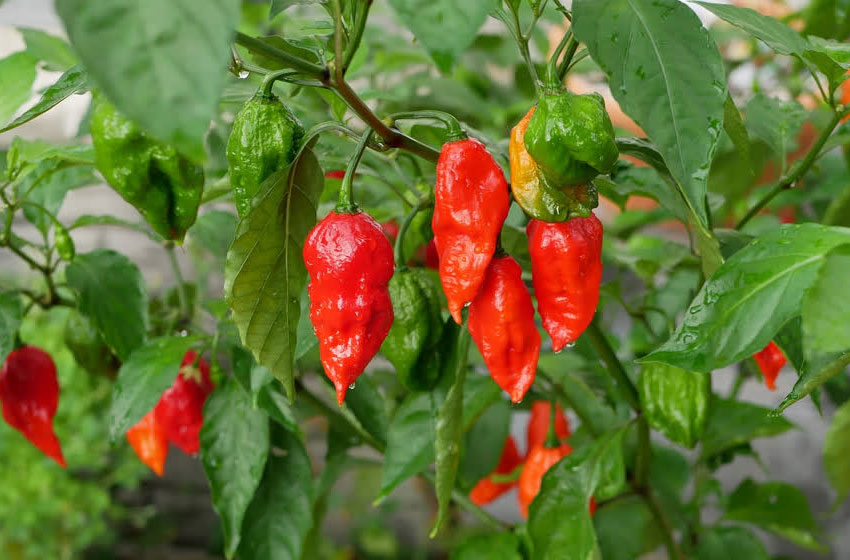
Bhut jolokia is a pepper that is indigenous to North East India and is an integral part of Assamese and Naga cuisine. The word “bhut” means ghost and signifies the exceptional spiciness of the pepper, which people use in many dishes. Moreover, Assamese thali is incomplete without the pepper, so you may find it in chutneys, curries or pickles.
Furthermore, there are different kinds of ghost peppers, including peach ghost pepper, yellow ghost pepper, chocolate and purple ghost pepper. However, the most popular ghost pepper is the red bhut jolokia. But how spicy is it? In 2007, the Guinness Book of World Records declared it the hottest pepper of the year.
Also, the pepper gives a sweet taste at first, but the heat hits the taste bud after 40 to 50 seconds, and one can’t help but gasp for breath. Then the next 30 to 40 minutes, they will sweat and suffer the spicy heat in their mouth; in fact, you need to wear gloves, or it might cause burning sensations or irritation in your palms.
Besides, the Indian army uses it to make hand grenades, and you can find it in pepper sprays as self-protection measures. Despite the pepper’s lethal aspect, you can use a small quantity of it in curries to give an extra dose of spice.
Ratanjot

If you have eaten rogan josh, you must have noticed the red colour; people use Ratanjot in the curry to give that lovely red hue to the dish. The signature red colour of the curries comes from Ratanjot; an alkanet root used quite often in Kashmiri meat dishes. However, physicians and healthcare workers used it as medicine centuries ago to treat cough, diarrhea and skin wounds.
Also, Ratanjot has anti-inflammatory properties that doctors often use in homeopathy to cure headaches, fever, etc.
Lakadong

Turmeric is native to India and has been an intrinsic part of Siddha, Unani, Ayurvedic and Chinese traditional medicines. It has been used in South Asian and Middle Eastern cuisine for centuries. Not just food considered sacred, it has been part of rituals, traditions and even beauty regimens. From warding off the evil eye to being part of wedding rituals and festivals to being used in Poojas and for butane, Indian culture and tradition are inconceivable without this spice.
Turmeric contains curcumin, an active compound that has anti-inflammatory and antioxidant properties. It may also help improve symptoms of depression and arthritis, prevent heart disease and even the growth of cancer cells. Its anti-microbial and anti-inflammatory properties are already well known, which explains why traditionally, a mixture of Haldi-chuna (turmeric and calcium carbonate) was applied to heal swellings and broken bones.
However, Lakadong is a distinctive kind of turmeric found in Meghalaya that is three times more potent and effective than regular turmeric. According to reports, Lakadong turmeric has 7 to 12% curcumin content, while regular turmeric has 2 to 3% of curcumin content. Given the high curcumin content, the health-aiding and culinary-enhancing attributes of Lakadong turmeric are believed to be more potent than regular turmeric.
Kalonji
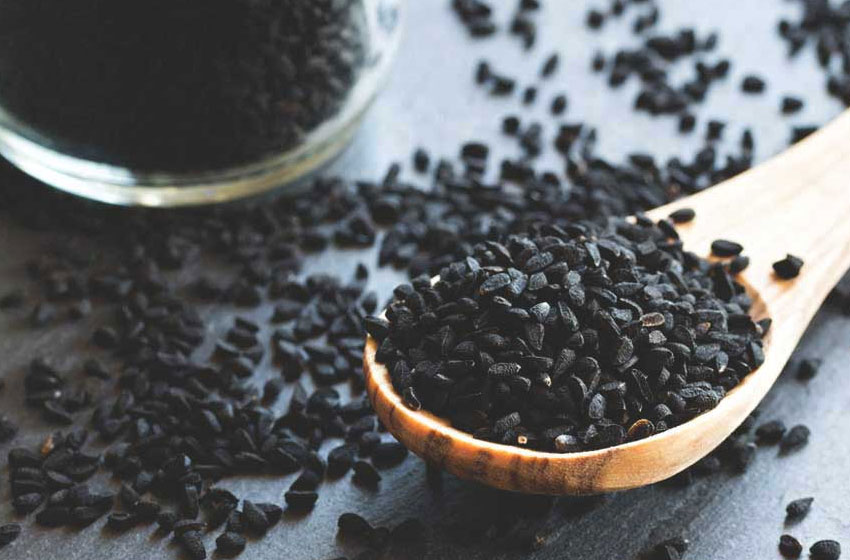
You might have eaten cookies wherein black seeds sprinkled all over them or potato dishes with black seeds on top of them. The black seeds are known as kalonji, also known as Nigella seeds which are native to eastern Europe and Western Asia but gradually became available worldwide.
People use it for flavouring curries, dal, stir-fried vegetables, and even savouries such as samosa, papdis and kachori. But, flavour and aroma aside, the tiny black seed has many health benefits. It’s loaded with trace elements, vitamins, crystalline nigellone, amino acids, saponin, crude fibre, proteins and fatty acids like linolenic and oleic acids, volatile oils, alkaloids, iron, sodium, potassium and calcium.
It keeps your heart healthy, addresses breathing problems, lubricates your joints, and is known to have anti-carcinogenic properties. That’s quite a lot for a size seed, isn’t it? In fact, if you keep a bottle of kalonji oil at home, you can use it for plenty of things to boost your health and care for niggling problems. Let’s take a look at some benefits of kalonji.
Anardana
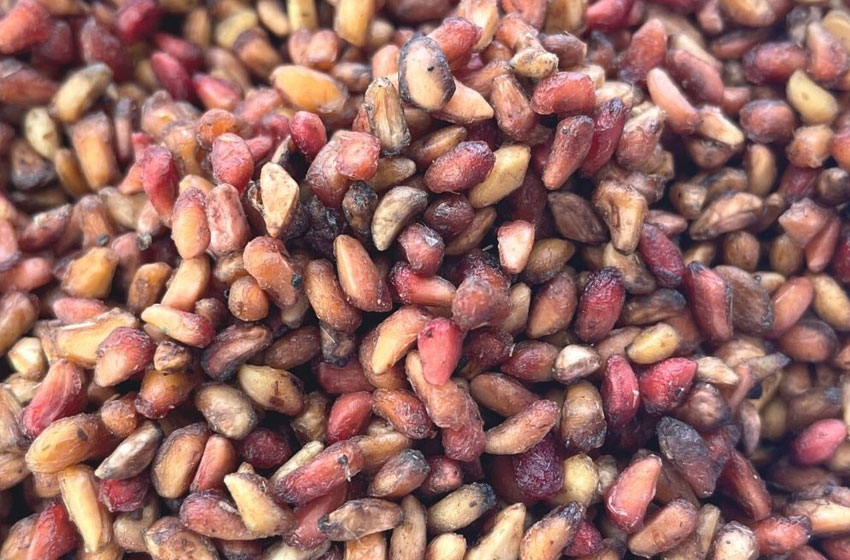
Anar means pomegranate, and anardana is dried Pomegranate seeds often used in Indian and Persian cuisines to add a touch of sweetness and sourness to the dish. Slow air drying makes it more molasses-like than fresh pomegranate, adding depth of flavour and brightness. While other sour spices are best for finishing touches, anardana can enrich a sauce or braising liquid for as long as you like and only improves with time.
Also, the result is rich and profound when slow-cooking with chicken legs or lamb. Many versions of Persian fasenjan (chicken with walnut and pomegranate sauce) rely on anardana for the sauce’s subtleties. When ground, it’s perfect in chutneys, relishes, and spice rubs for meat and seafood, especially those that would benefit from the crunch of its interior seeds.
Besides, it is a quick and easy way to bring new life to blander vegetables like potatoes and cauliflower: Just grind, then roast or steam. It’s similar to pomegranate molasses, but its lower moisture content makes it the choice ingredient for jobs where a syrup would be out of place.
Marathi Moggu
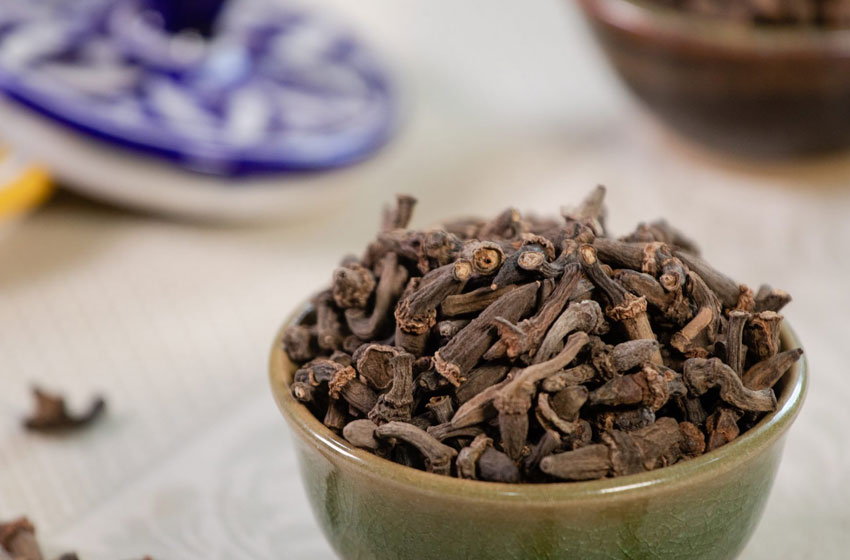
Marathi moggu is a spice that is native to Karnataka and is grown there. The Marathi moggu is a woody bulb-like structure with a woody tail at the top. Besides, it is a very dry and compressed spice used as a flavouring spice or agent for south Indian dishes.
Moreover, it is known as kapok buds, specially grown in Karnataka for preparing certain dishes like bisi bele bath, Kannadiga, saagu, etc. Also, it is called moggu in Karnataka and mogga in Telugu.







